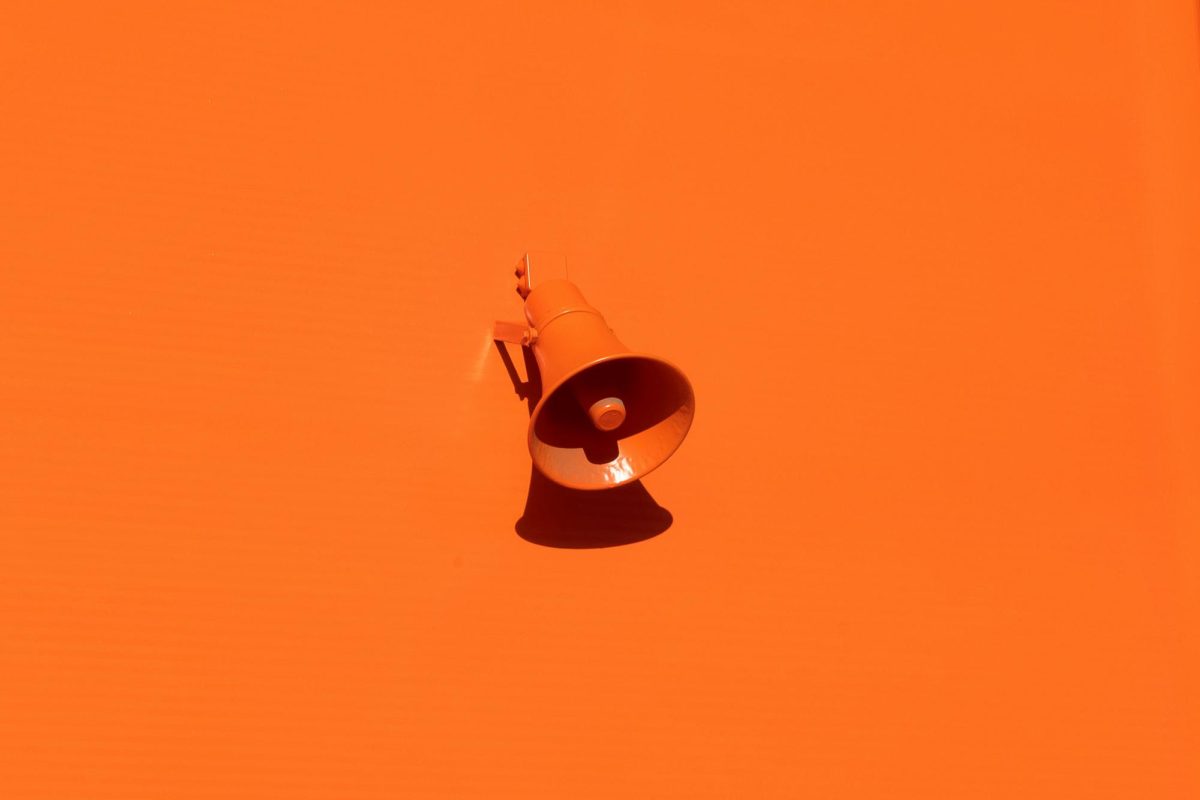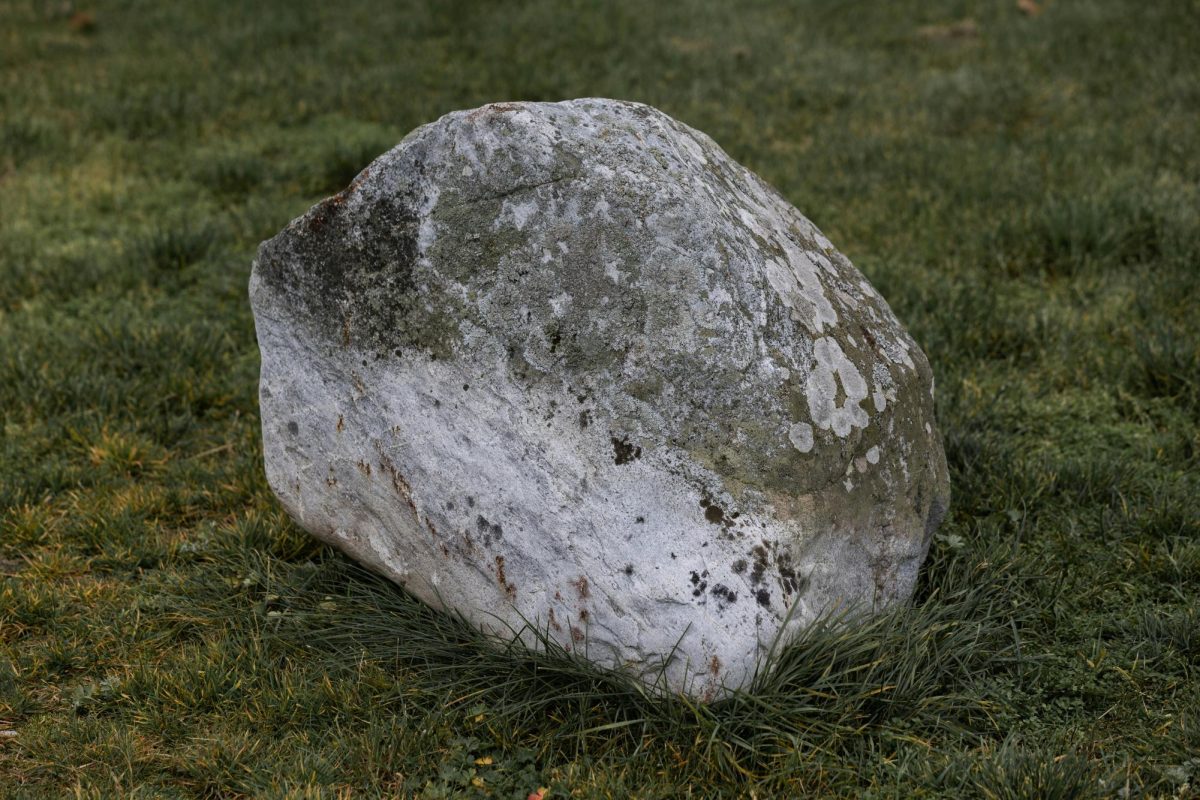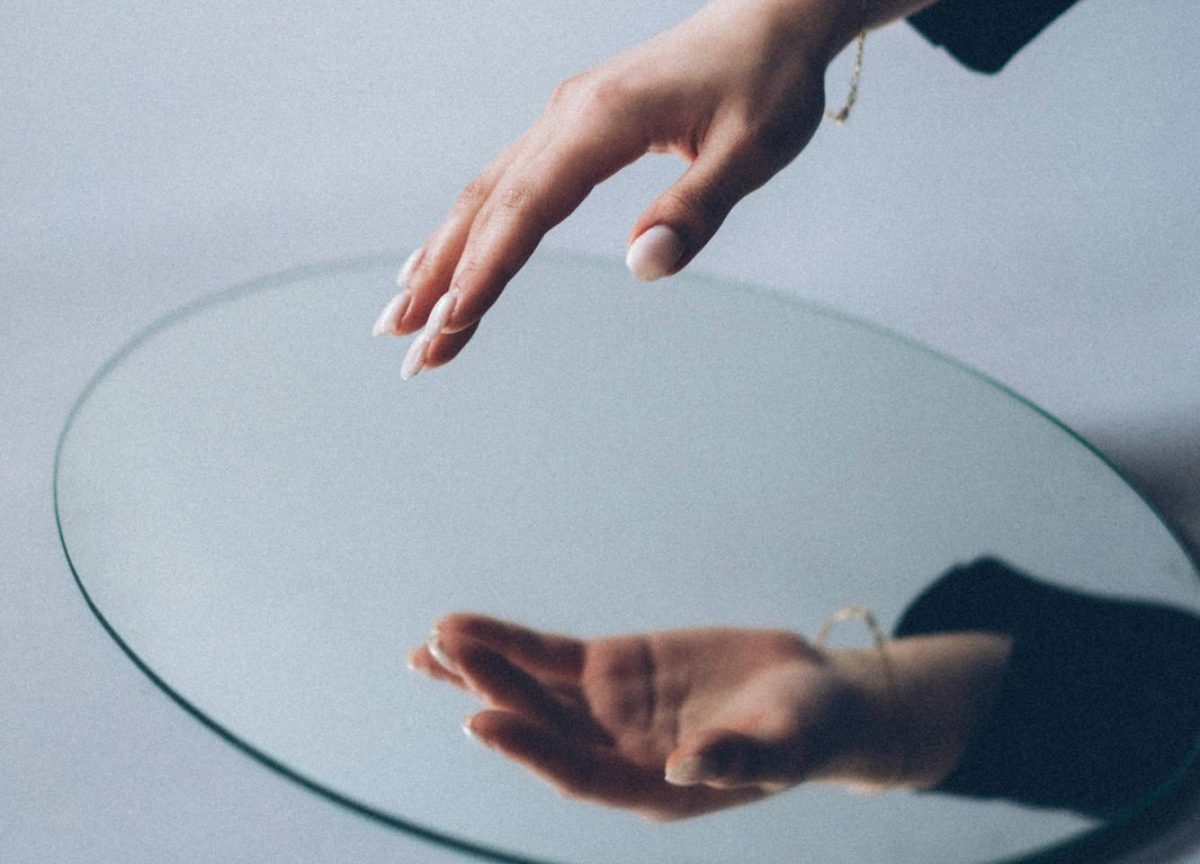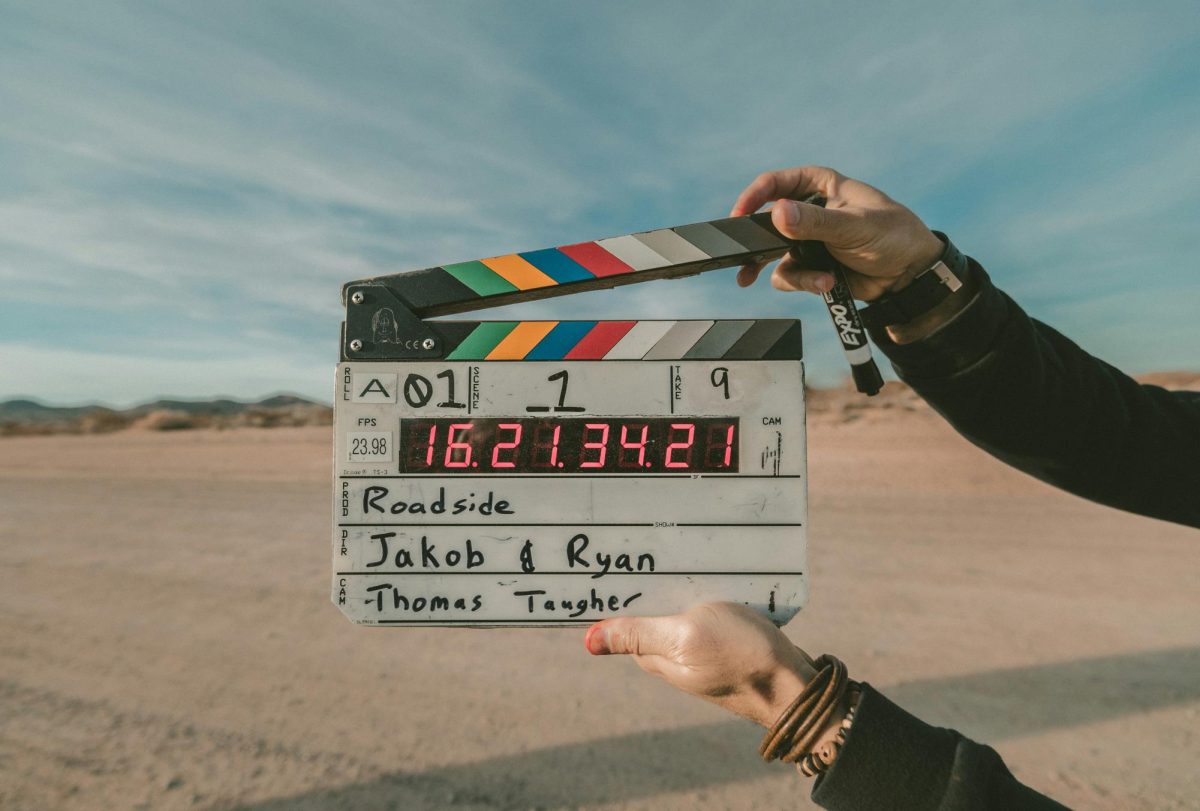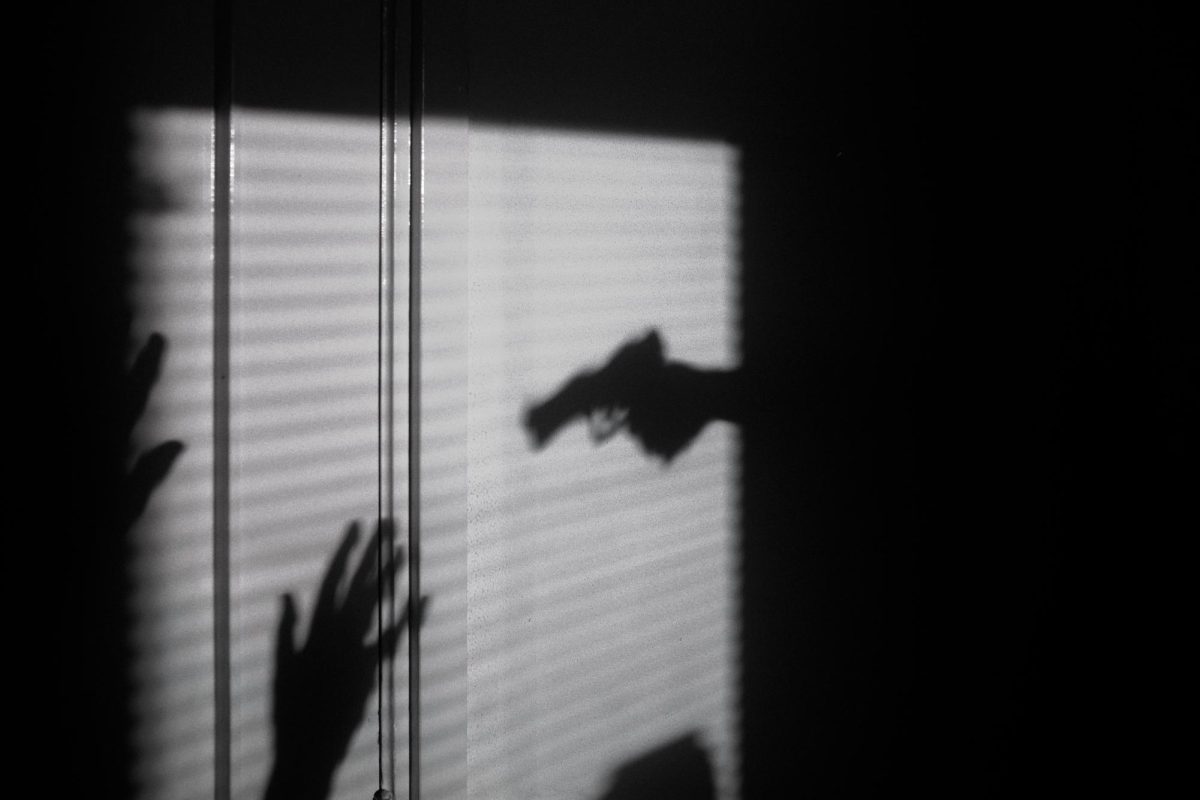This past month, Tiktok has been all over the news, with teens and young adults discussing possible bans in countries like the United States. For many, these talks have been a wake-up call to just how powerful TikTok really is. It’s not only an app for sharing short videos anymore, it’s where people go to express themselves, discover new trends, and shape their style. In the age of Tiktok, trends are moving faster than ever before, creating what’s known as “microtrends”, short lived but insanely popular passions that take over social media and spill over into everyday life. Whether it’s Stanley tumblers, Y2K fashion, Stockholm chic, or the clean girl aesthetic, TikTok has become the ultimate trendsetter, fueling both self-expression and a nonstop cycle of consumerism.
From Runways to the For You Page
Back in the day, trends were dictated by runways, luxury brands and flashy ads. Fashion houses would decide the style of the season, thus dictating the styles and trends of the year. Now, Tiktok’s “For You Page” (FYP) has taken over the role of the primary trendsetter.
The FYP is like a personalized feed of everything viral—outfits, beauty hacks, and even random product recommendations. What used to take huge marketing campaigns now happens almost instantly. One video, one influencer, or even a random TikTok user can spark a global trend in seconds.
The “TikTok made me buy it” trend is the perfect example of this. Users show off products they found on TikTok, like skincare, gadgets, or accessories, usually with glowing reviews. Thanks to TikTok’s algorithm, these products can go from being unknown to a total must-have overnight. For instance, items like the Dior Lip Oil or Dyson Airwrap have gone viral and sold out within days after blowing up on the app.
The Age of Microtrends
Unlike traditional trends that could stick around for seasons or even years, TikTok’s microtrends come and go in no time. A single aesthetic or product might blow up on the platform for a few weeks, only to be replaced by the next big thing. This constant turnover makes users feel like they have to jump on trends fast to stay relevant.
Trends like Y2K fashion, with its early-2000s vibes, and the clean girl aesthetic, all about minimalism and polished looks, have become super popular on TikTok. But as quickly as these trends take off, they fade, leaving behind piles of clothes and products that people no longer want.
The Consumerism Boom
Furthermore, the “Tiktok made me buy it” trend has taken consumerism to a whole new level. Fast fashion brands and online retailers are jumping on Tiktok’s fast-moving trend cycle, producing low-cost, trendy items at record speed.
However, this constant cycle of buying and throwing away things has a huge impact on the environment. The fashion industry already generates 92 million tons of textile waste every year, and microtrends make it worse. People buy clothes to fit the latest aesthetic, then toss them out when the trend dies.
As a result, donation centers and thrift stores are overwhelmed with low-quality, trendy items that are hard to resell or recycle. Brands like SHEIN, which mass-produce inexpensive, trendy clothes, have become more popular than ever, but their clothes are often made of synthetic materials like polyester that take decades to decompose, adding to environmental damage.
The FYP and Aesthetic Culture
TikTok’s For You Page (FYP) has completely changed how people discover and follow trends. It’s like a never-ending feed of inspiration, from viral fashion finds to curated lifestyles. This has led to the rise of popular aesthetics like Stockholm chic, with its minimalist and muted tones, or cottagecore, which celebrates rural living and vintage vibes.
These aesthetics aren’t just about how things look, they’re about the lifestyle they represent. Take the clean girl aesthetic, for example. It’s all about looking polished and effortless, with dewy skin, slicked-back hair, and simple gold jewelry. But pulling off these looks often means spending a lot of money on specific products, whether it’s skincare, clothes, or even home décor.
While the FYP makes these trends seem easy and accessible, it also creates pressure to fit in. Many people feel like they have to completely change their wardrobe or routine to match the latest aesthetic, which can be expensive and lead to even more overconsumption.
Finding Balance
Tiktok’s impact on culture is huge, but the rise in microtrends has also brought many challenges like overconsumption and waste. To deal with this, we need to rethink how we engage with trends, focusing on adapting them in ways that fit our personal values and support sustainability. While TikTok trends come and go quickly, their influence on how we shop, express ourselves, and think about the environment will stick around for a long time.

